Trevor Jones
Battery Cloud with Advanced Algorithms
Mar 07, 2022
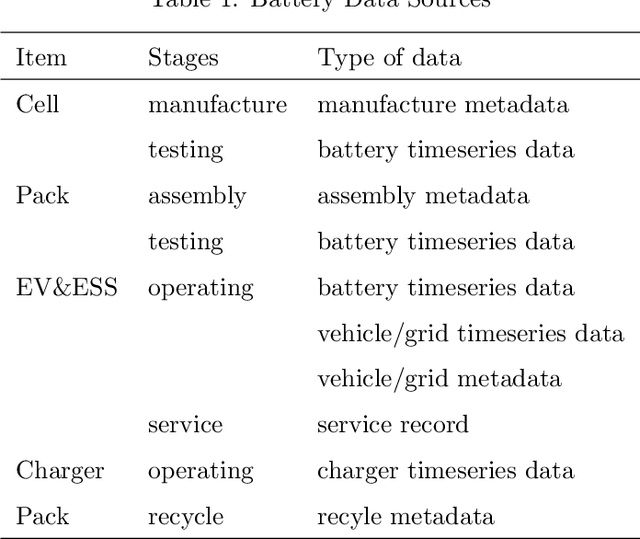
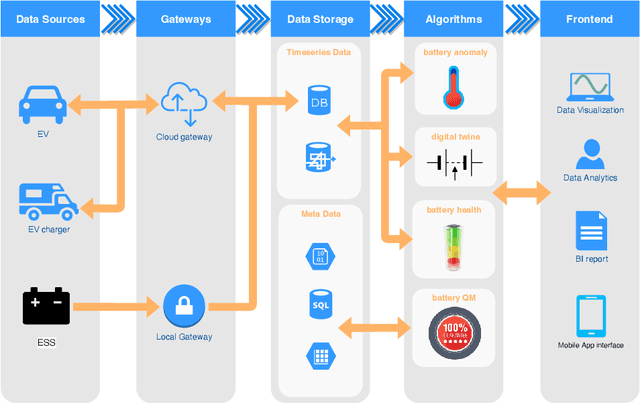
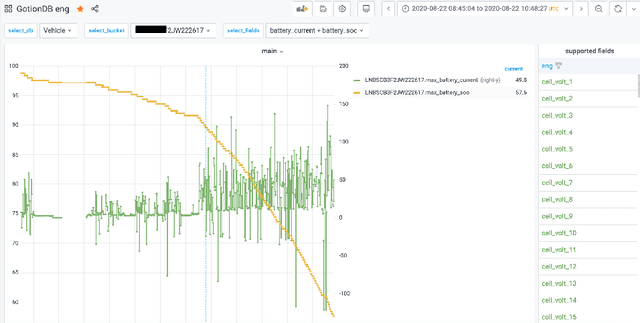
Abstract:A Battery Cloud or cloud battery management system leverages the cloud computational power and data storage to improve battery safety, performance, and economy. This work will present the Battery Cloud that collects measured battery data from electric vehicles and energy storage systems. Advanced algorithms are applied to improve battery performance. Using remote vehicle data, we train and validate an artificial neural network to estimate pack SOC during vehicle charging. The strategy is then tested on vehicles. Furthermore, high accuracy and onboard battery state of health estimation methods for electric vehicles are developed based on the differential voltage (DVA) and incremental capacity analysis (ICA). Using cycling data from battery cells at various temperatures, we extract the charging cycles and calculate the DVA and ICA curves, from which multiple features are extracted, analyzed, and eventually used to estimate the state of health. For battery safety, a data-driven thermal anomaly detection method is developed. The method can detect unforeseen anomalies such as thermal runaways at the very early stage. With the further development of the internet of things, more and more battery data will be available. Potential applications of battery cloud also include areas such as battery manufacture, recycling, and electric vehicle battery swap.
Data-driven Thermal Anomaly Detection for Batteries using Unsupervised Shape Clustering
Mar 16, 2021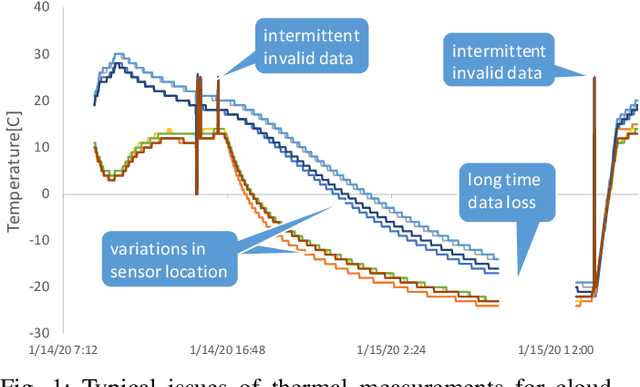
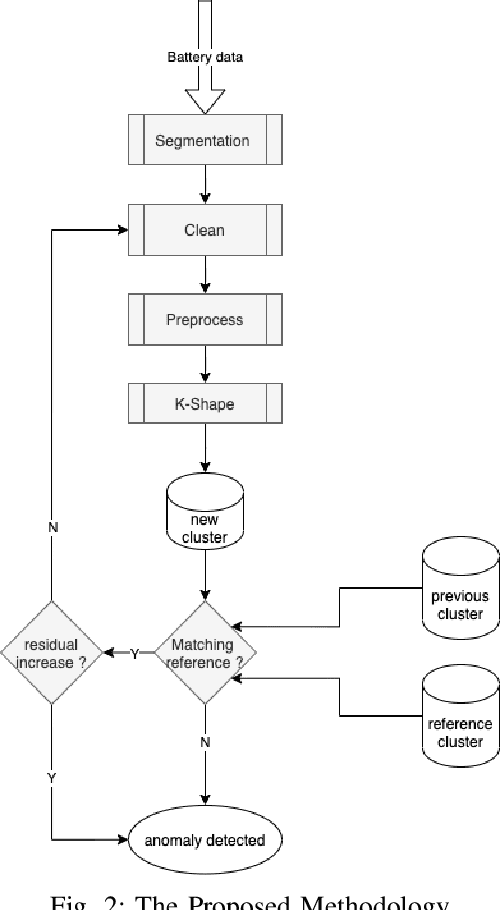
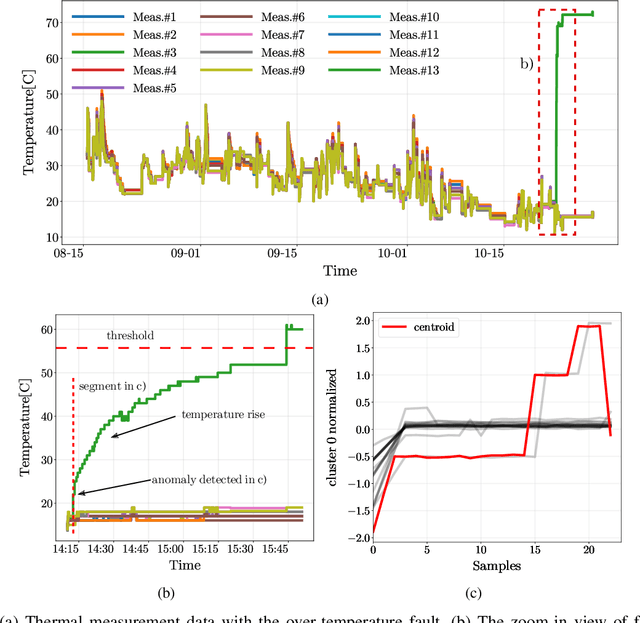
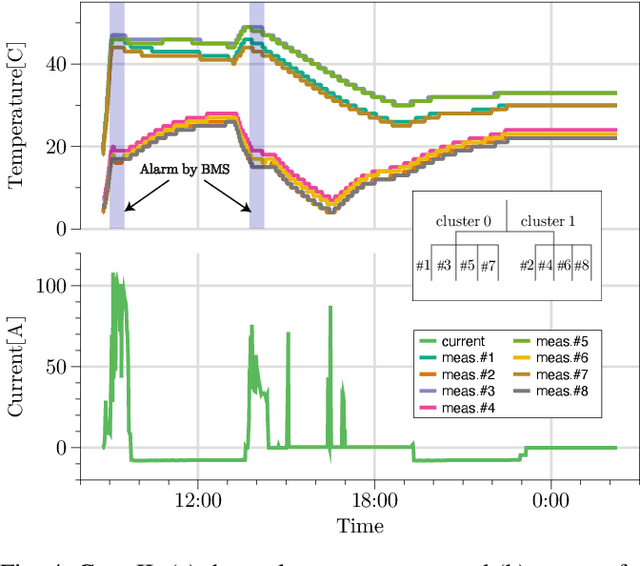
Abstract:For electric vehicles (EV) and energy storage (ES) batteries, thermal runaway is a critical issue as it can lead to uncontrollable fires or even explosions. Thermal anomaly detection can identify problematic battery packs that may eventually undergo thermal runaway. However, there are common challenges like data unavailability, environment variations, and battery aging. We propose a data-driven method to detect battery thermal anomaly based on comparing shape-similarity between thermal measurements. Based on their shapes, the measurements are continuously being grouped into different clusters. Anomaly is detected by monitoring deviations within the clusters. Unlike model-based or other data-driven methods, the proposed method is robust to data loss and requires minimal reference data for different pack configurations. As the initial experimental results show, the method not only can be more accurate than the onboard BMS, but also can detect unforeseen anomalies at the early stage.
 Add to Chrome
Add to Chrome Add to Firefox
Add to Firefox Add to Edge
Add to Edge